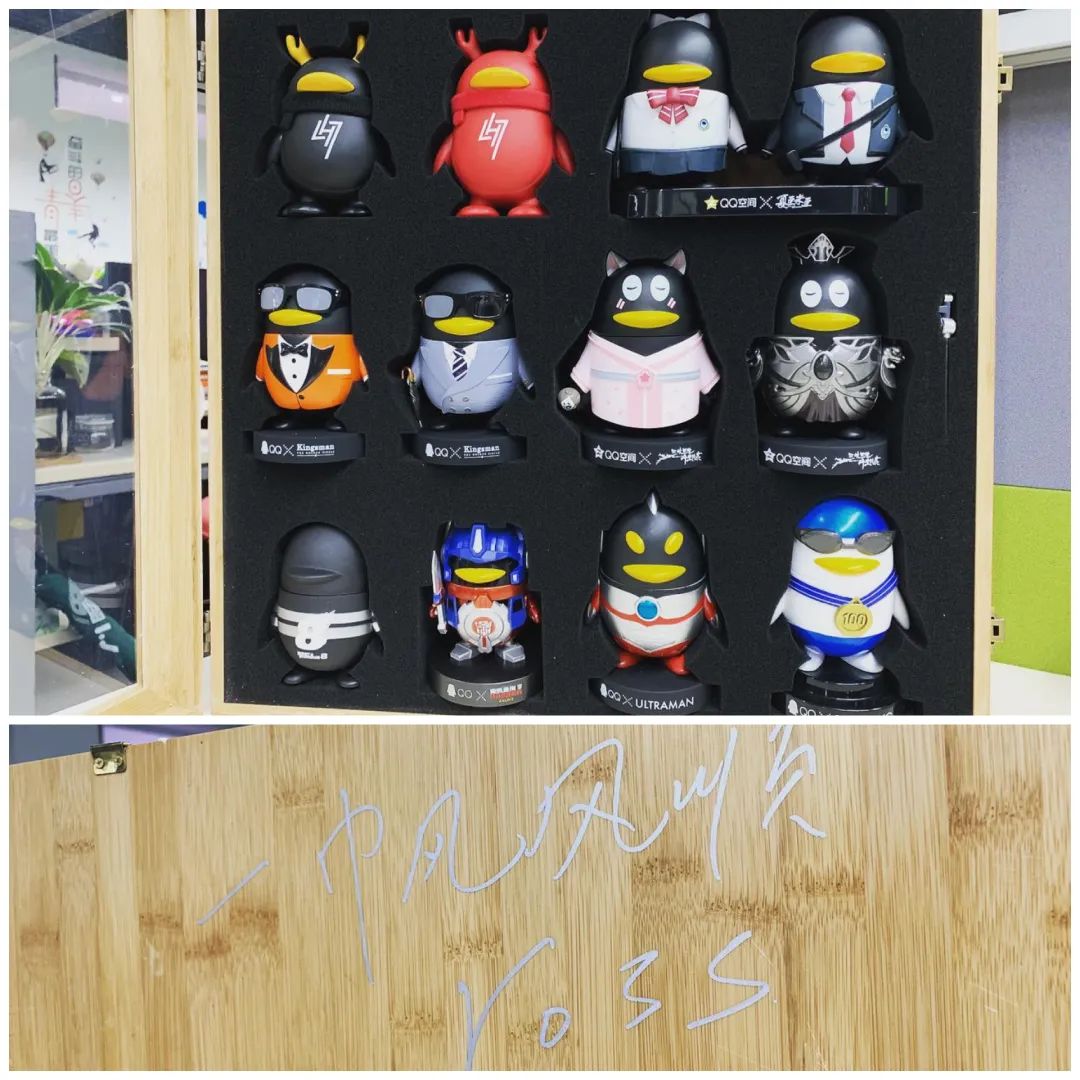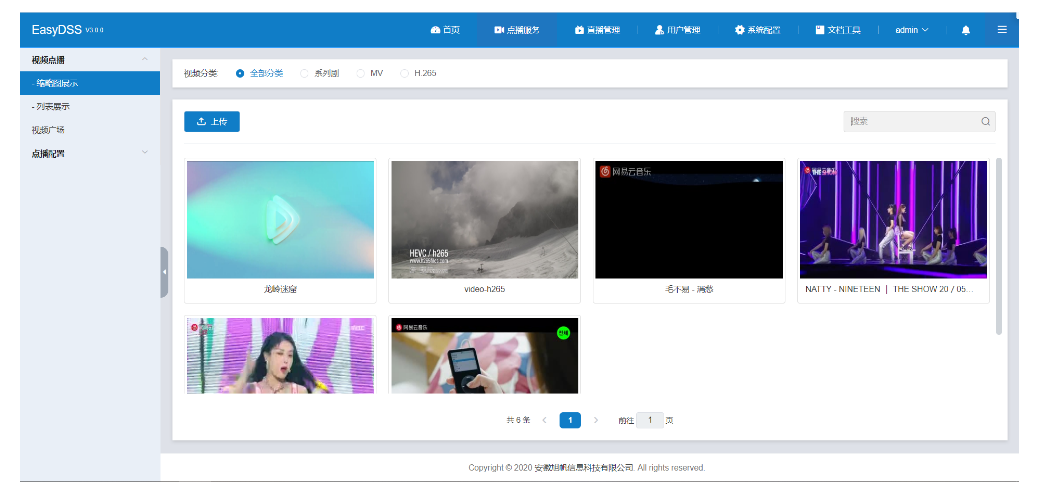I want to fill a text with particles like this

I tried to do this using p5.js but I am stuck where the particles are only appearing on the edges. Any idea to accomplish this rather than having it on the edges?
Here is my attempt. Thanks a ton in advance :)
SteeringDemo.html
<body>
<script>
var font;
var vehicles=[];
var x=1360;
var y=400;
function preload() {
font=loadFont('Poppins-Medium.ttf')
}
function setup() {
var canvasDiv = document.getElementById('canvas');
var width = canvasDiv.offsetWidth;
var sketchCanvas = createCanvas(width,450);
console.log(sketchCanvas);
sketchCanvas.parent("canvas");
background('#fff');
var points=font.textToPoints('B',x/3,y/2,240);
console.log(points);
for(i=0;i<points.length;i++){
var pt=points[i];
var vehicle = new Vehicle(pt.x, pt.y);
vehicles.push(vehicle);
}
}
function draw() {
background('#fff');
for(var i=0; i< vehicles.length;i++){
var v=vehicles[i];
v.behaviors();
v.update();
v.show();
}
}
</script>
<div class="container">
<div class="row">
<div class="col-lg-12 col-md-12 col-sm-12 col-xs-12">
<div id="canvas"></div>
</div>
</div>
</div>
</body>
Vehicle.js
function Vehicle(x,y) {
this.pos= createVector(random(width),random(height));
this.target=createVector(x,y);
this.vel= p5.Vector.random2D();
this.acc= createVector();
this.radius=8;
this.maxspeed=10;
this.maxForce=1;
}
Vehicle.prototype.behaviors=function () {
var arrive=this.arrive(this.target);
var mouse= createVector(mouseX,mouseY);
var flee=this.flee(mouse);
arrive.mult(1);
flee.mult(5);
this.applyForce(arrive);
this.applyForce(flee);
}
Vehicle.prototype.applyForce =function (f) {
this.acc.add(f);
}
Vehicle.prototype.update=function () {
this.pos.add(this.vel);
this.vel.add(this.acc);
this.acc.mult(0);
}
Vehicle.prototype.show=function () {
stroke('#0097a7');
strokeWeight(4);
point(this.pos.x,this.pos.y);
}
Vehicle.prototype.arrive= function (target) {
var desired=p5.Vector.sub(target,this.pos);
var d=desired.mag();
var speed=this.maxspeed;
if(d < 100) {
speed=map(d,0,100,0,this.maxspeed)
}
desired.setMag(speed);
var steer=p5.Vector.sub(desired,this.vel);
steer.limit(this.maxForce);
return steer;
}
Vehicle.prototype.flee= function (target) {
var desired=p5.Vector.sub(target,this.pos);
var d= desired.mag();
if(d <50) {
desired.setMag(this.maxspeed);
desired.mult(-1);
var steer=p5.Vector.sub(desired,this.vel);
steer.limit(this.maxForce);
return steer;
} else {
return createVector(0,0);
}
}





